Mercedes Welding Innovates Multi-Material Fusion Techniques
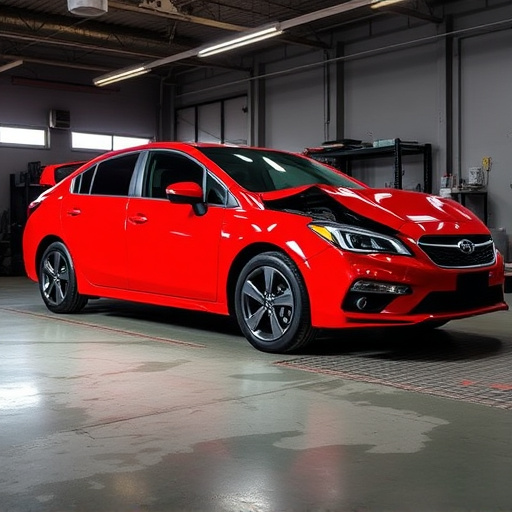
Mercedes factory welding methods utilize advanced techniques like laser welding and robotic automati…….
Welcome to an in-depth exploration of the advanced welding techniques employed by Mercedes-Benz factories, one of the automotive industry’s pioneers. This article aims to unravel the intricate processes that underpin the manufacturing of high-quality vehicles synonymous with the Mercedes brand. By delving into various aspects, from historical practices to modern innovations, we will uncover the significance of factory welding methods in shaping the automotive landscape.
The art of welding has evolved significantly over the years, particularly within the premium car sector. Mercedes, known for its precision and innovation, has played a pivotal role in refining these techniques, ensuring structural integrity, aesthetic appeal, and safety in their vehicles. This article will guide you through the intricacies of Mercedes factory welding, offering insights that cater to both industry professionals and enthusiasts curious about modern manufacturing marvels.
Definition and Core Components:
Mercedes factory welding methods refer to the comprehensive suite of procedures, technologies, and quality control measures employed in the assembly of automotive components and vehicles using various welding techniques. This includes arc welding, laser welding, resistance welding, and more specialized processes tailored for specific parts and materials.
The core elements of these methods involve:
Historical Evolution:
Mercedes-Benz’s welding practices have evolved since the company’s inception in 1886. Early automobiles utilized basic spot welding for joining metal panels. However, as vehicle designs became more complex with the introduction of steel frameworks and advanced safety features, Mercedes adapted its methods. The late 20th century saw a significant shift towards automated laser and robotic arc welding, enabling greater precision and consistency.
Today, Mercedes factories employ a multi-process approach, leveraging advancements in materials science to meet the demands of lightweight construction, fuel efficiency, and structural integrity. This evolution reflects the brand’s commitment to pushing automotive manufacturing boundaries while maintaining its reputation for quality.
International Influence:
Mercedes factory welding methods have left an indelible mark on global automotive manufacturing, particularly in regions with strong Mercedes presence or advanced industrial capabilities. These include Europe (Germany, Austria), North America, China, and Japan, where local manufacturers have adopted and adapted these techniques to suit their specific needs.
Key Global Trends:
Regional Variations:
Market Dynamics:
The global automotive welding market is a significant contributor to the overall manufacturing sector, valued at over $[X] billion in 2022 and projected to grow at a CAGR of [Y]% by 2030. This growth is driven by increasing vehicle production, rising demand for lightweight materials, and the need for more complex welding techniques in modern car design.
Investment Patterns:
Mercedes, as a global automotive leader, invests heavily in research and development (R&D) for welding technologies. These investments are strategic, focusing on:
Economic Impact:
| Region | Economic Effect | Example |
|---|---|---|
| Germany (European Hub) | High-tech job creation, attracting specialized labor | Mercedes’ Stuttgart factory is a hub for welding R&D, training technical experts |
| China (Manufacturing Center) | Boosts local economy, creates export opportunities | Chongqing plant contributes to the city’s industrial growth and exports vehicles globally |
| North America (Assembly Hub) | Supports local supply chains, drives economic growth | Michigan assembly plant employs thousands, fuels parts manufacturing in the region |
Lasers and Robotics:
One of the most significant technological leaps in Mercedes factory welding is the integration of laser and robotic systems. Lasers offer unparalleled precision for spot and seam welding, while robotics enable automated, repeatable processes. This combination enhances productivity, reduces errors, and allows complex weld patterns.
Advanced Materials Compatibility:
Mercedes has developed specialized welding procedures to work with advanced materials commonly used in modern vehicles:
Digital Simulation and Planning:
Computer-aided design (CAD) and finite element analysis (FEA) software enable virtual welding simulations, allowing engineers to predict and optimize weld performance before actual manufacturing. This process reduces time and costs associated with trial and error.
Weld Quality Monitoring:
Advanced sensors and cameras are integrated into welding systems to monitor real-time quality, ensuring consistent results. These systems can detect defects, measure weld parameters, and provide immediate feedback to operators.
Global Standards:
International standards organizations like ISO (International Organization for Standardization) and SAE (Society of Automotive Engineers) set guidelines for welding quality and safety. Mercedes factories must adhere to these standards to ensure their products meet global requirements.
Regional Regulations:
Different regions have varying regulations, particularly concerning emissions, workplace safety, and material handling:
Industry Associations and Collaboration:
Mercedes actively participates in industry associations like VDA (Association of the German Automotive Industry) and JSA (Japan Society of Automation) to collaborate with peers, share best practices, and stay informed about emerging regulations.
Main Challenges:
Criticisms and Solutions:
Case 1: Mercedes-Benz E-Class Chassis Assembly (Germany)
Scenario: The assembly of the Mercedes E-Class sedan’s high-strength steel chassis involves complex welding to ensure structural integrity and crashworthiness.
Process:
Lesson Learned: Advanced robotic systems, when integrated with digital simulation, enable highly precise welding for complex assemblies, setting a new benchmark for structural integrity.
Case 2: China’s Localized Production (Chongqing, China)
Challenge: Establish a high-quality welding process for mass production in a new facility while adapting to local talent and supply chain dynamics.
Strategy:
Outcome: The Chongqing plant achieved industry-leading weld quality, contributing to Mercedes’ global production network while empowering local manufacturing capabilities.
Emerging Trends:
Strategic Considerations:
Mercedes factory welding methods represent the pinnacle of automotive manufacturing expertise, combining historical craftsmanship with cutting-edge technology. As the industry evolves, these methods continue to shape vehicle design, safety standards, and economic growth. From global trends to regional variations, the impact of Mercedes’ welding practices is far-reaching.
Looking ahead, the future of welding promises further digitalization, sustainable practices, and innovative materials, ensuring that Mercedes remains at the forefront of manufacturing excellence. This article has provided a comprehensive overview, but the story of Mercedes factory welding methods is an ever-evolving narrative, influenced by technological breakthroughs, market demands, and environmental considerations.
Q: How does Mercedes ensure the quality of its welds?
A: Mercedes employs rigorous quality assurance protocols, including in-line sensors, X-ray inspection, and digital monitoring to verify weld integrity.
Q: What are the primary materials used in Mercedes welding processes?
A: The primary materials include high-strength steels, aluminum alloys, and composites, each requiring specialized welding procedures.
Q: Can you explain the role of automation in modern Mercedes welding?
A: Automation plays a pivotal role by enhancing productivity, precision, and consistency. Robotic systems perform repetitive tasks, while lasers enable intricate weld patterns with minimal operator intervention.
Q: How does Mercedes address skill shortages in welding?
A: They invest in comprehensive training programs, collaborate with industry associations, and promote a culture of continuous learning to bridge the skill gap.
Q: Are there any environmental concerns associated with Mercedes’ welding practices?
A: Yes, traditional welding processes contribute to emissions and waste. Mercedes is addressing these by adopting cleaner technologies like laser welding and implementing emission control systems.

Mercedes factory welding methods utilize advanced techniques like laser welding and robotic automati…….
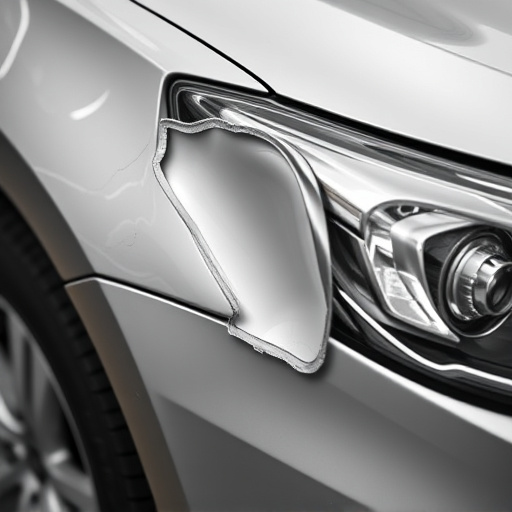
Mercedes-Benz prioritizes quality through stringent factory welding methods, employing certified tec…….

Mercedes factory welding methods employ precision robotic and laser techniques, advanced metal alloy…….
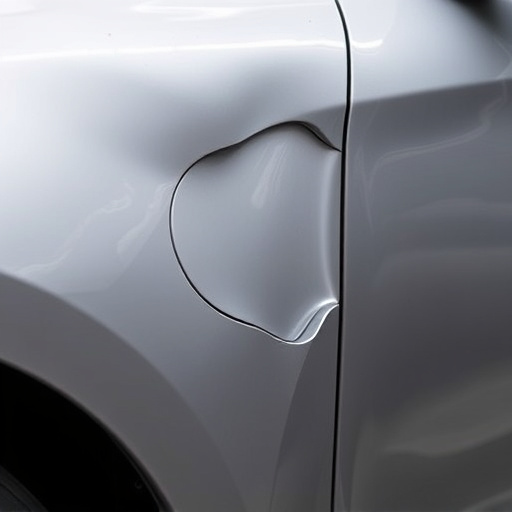
Mercedes-Benz relies on advanced factory welding methods, integrating laser and robot-assisted techn…….

Mercedes factory welding methods prioritize precision and quality with laser and robot technologies,…….

Mercedes factory welding methods leverage laser and robotic welding for unparalleled precision and m…….

Mercedes-Benz prioritizes safety through advanced factory welding methods that meet Euro NCAP standa…….
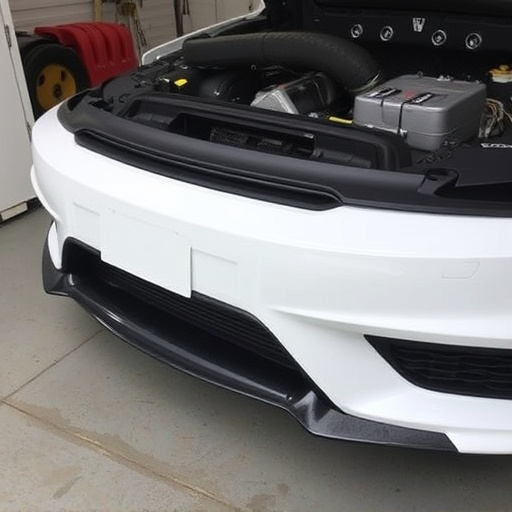
Mercedes employs advanced factory welding methods using robotic arms, laser welding, and TIG welding…….

Mercedes factory welding methods incorporate advanced techniques that prioritize strength, durabilit…….
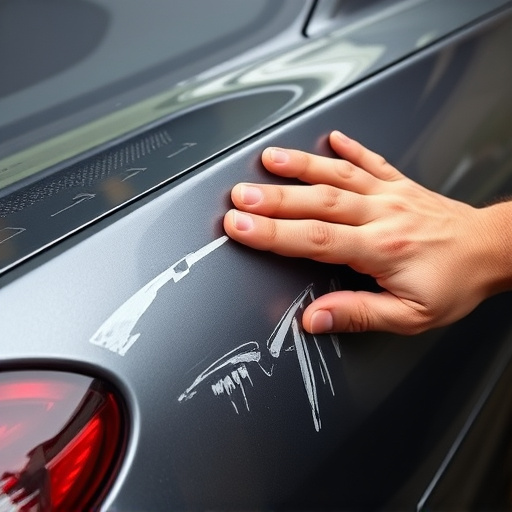
Mercedes employs advanced aluminum and boron steel welding techniques, leveraging specialized equipm…….